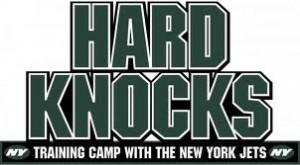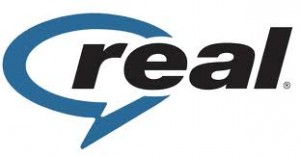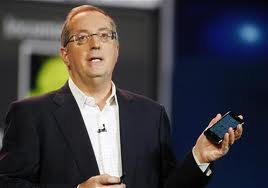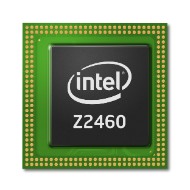There was a championship tournament, the Intel Extreme Masters, which I would have loved to have participated in, ten years ago. Unfamiliar with the IEM? So was I until I stumbled upon a report about the video game tournament held in Cologne, Germany.
I have been aware of video gaming tournaments for some time, commonly called eSports, but have not really given them much thought until I saw that the IEM was expected to draw 250,000 fans for the weekend event, and those numbers are closely matched by other tournaments. Prize money can run into six figures.
Almost as surprising to me w
as the fact that the IEM has just completed its sixth season. For this season the overall prize money was $643,000. I certainly do not recall Intel mentioning the event at the many Intel affairs I have attended. I could have been a contender! Well, probably not but you can always dream
The IEM is part of the Electronic Sports League (ESL) and is just one of many events that ESL hosts. It has three different types of leagues within the Electronic Sports League: Advanced Ladder, ESL Amateur Series (EAS) and the ESL Pro Series (EPS). Teams can advance via winning matches against rivals.
There are three regions with leagues; the Americas, Europe and Africa, Asia and Oceania. They play in Global Challenges and the top teams and players will be invited to the World Championships. There will be 12 League of Legends teams and 24 StarCraft II players. At the currently completed championships Counter-Strike was also a main title but it is not listed, yet, for the seventh season.














